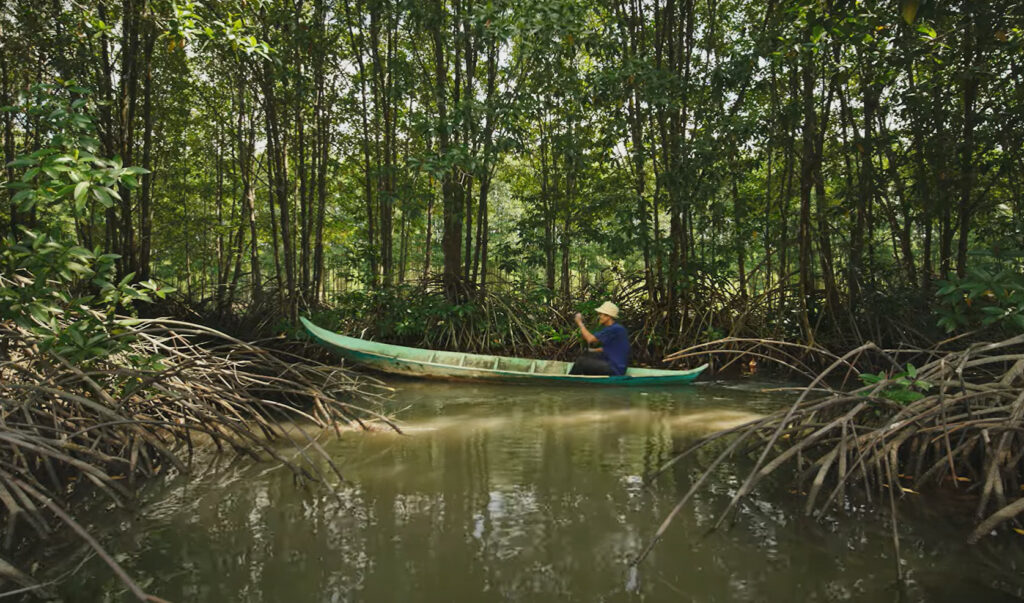How do BAP Standards Address Food Safety?
June 7 marks World Food Safety Day, a day declared by the United Nations to draw global attention to the health consequences of contaminated food and water. At Best Aquaculture Practices, ensuring that farmed seafood is produced safely is something we take very seriously – in fact, food safety is one of the core pillars of the BAP program.
Seafood – both wild and farmed – is considered some of the safest and most nutritious. However, as with any food production for human consumption, there are food safety hazards associated with producing seafood, and that’s what BAP standards aim to mitigate. Food safety hazards can include things such as chemical contaminants, food-borne pathogens, microorganisms, etc. BAP standards ensure proper measures are taken across the entire production chain to help prevent these hazards from occurring.
What Are Some Ways BAP Standards Address Food Safety?
Here are just a few ways that BAP standards ensure that farmed seafood is produced safely:
• By using third party food safety testing
•By ensuring aquaculture producers have traceability documentation and procedures in place throughout the production chain
•By screening products for residues of antibiotics, drugs and other compound
•By requiring a withdrawal period so ensure that there are no antibiotics present in farmed seafood when harvested
•By monitoring the Food and Drug Administration (FDA) Alerts & Import Refusals for BAP products
The BAP Seafood Processing Plant Standard is also benchmarked by the Global Food Safety Initiative (GFSI), an organization that aims to build consumers’ trust in the food they buy. Having our standards vetted by other organizations is important to maintaining the integrity of our program.
These are just some of the many ways that BAP standards help to mitigate food safety risks. To learn more about how BAP standards address food safety, visit the BAP standards page here. To learn more about food safety and aquaculture, check out this post from the Global Aquaculture Alliance’s Aquaculture101 series.




